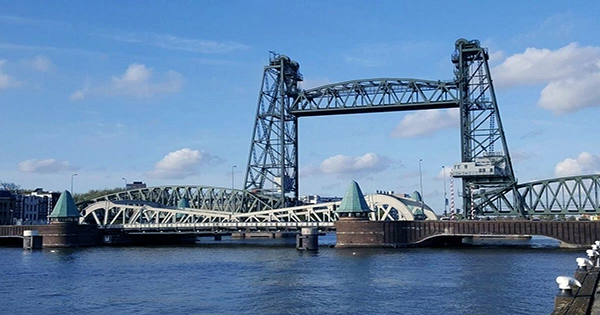According to an announcement by the UN’s atomic watchdog, two nuclear power facilities in Ukraine – Chernobyl and Europe’s biggest facility, Zaporizhzhia – are no longer submitting data to the agency. The International Atomic Energy Agency (IAEA) announced on March 9 that it had lost touch with the operating nuclear reactor in Zaporizhzhia, noting that it was no longer receiving remote data transfers from nuclear material safety systems.
A similar scenario has been recorded at Chernobyl, the 1986 accident site, which is no longer connected to the electricity grid, causing some experts anxiety. At the Chernobyl site, electricity is still required to run cooling pools that house radioactive fuel rods. In principle, a lack of cooling might lead the spent nuclear fuel to overheat. The International Atomic Energy Agency (IAEA) stated that Chernobyl’s severance from the grid “would not have a severe impact on fundamental safety functions at the site,” but added that the scenario would “certainly lead to a further degradation of operational radiation safety at the site.”
Zaporizhzhya is in slightly better shape, though it is still reliant on a network of high-voltage offsite power lines. As a backup, it has extra offsite power lines and diesel engines. Nonetheless, the lack of connection with both nuclear power facilities is concerning, as it leaves international nuclear authorities unaware of critical safety information. Given that a battle is now occurring near both plants, this information is extremely valuable.
In a news release, IAEA Director General Rafael Mariano Grossi remarked, “The remote transmission of data from IAEA safeguards equipment installed at nuclear facilities across the world is a crucial component of our safeguards operation, in Ukraine and internationally.” “We have such systems installed at a number of facilities in Ukraine, including all nuclear power plants, and they allow us to monitor nuclear material and activity at these sites while our inspectors are not there.” Both nuclear power stations were recently taken over by invading Russian soldiers, although the cause of the transmission outage was not immediately evident. The IAEA stated that it continues to get such information from additional Ukrainian nuclear installations.
On February 24, Russian forces conquered the Chernobyl Nuclear Power Plant, while Russian forces captured the Zaporizhzhia Nuclear Power Plant on March 4, following a fire that broke out at the plant during the bombardment. Nuclear scientists are concerned about Zaporizhzhia and Chernobyl, but they caution that both situations should not be exaggerated, and that the probability of a nuclear disaster is now minimal. “It is not as frightening as Fukushima since the Chernobyl reactors have already been shut down for a long time and the decay heat will be very much decreased,” Tony Roulstone of the University of Cambridge’s Department of Engineering said of the current scenario at Chernobyl. Nonetheless, it is a hazardous scenario for both the site’s employees and the neighboring community.”
















